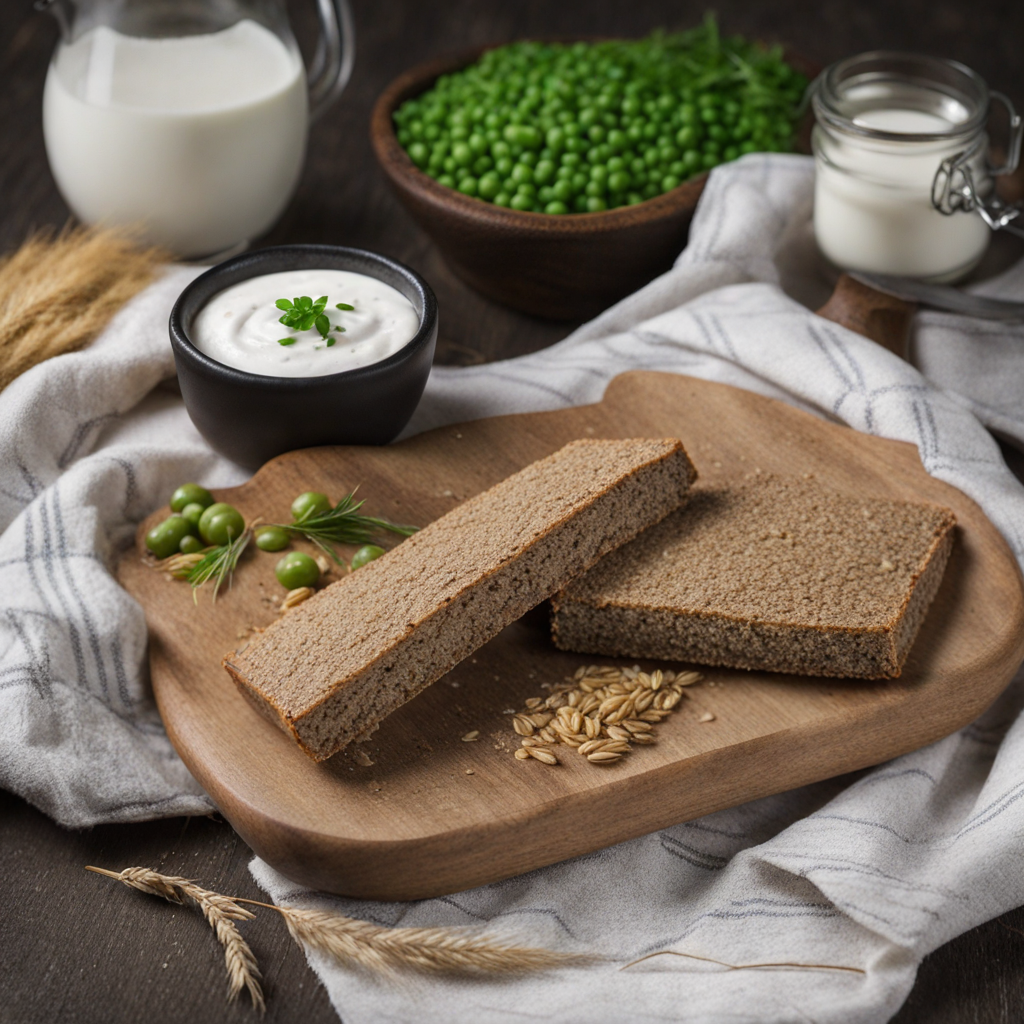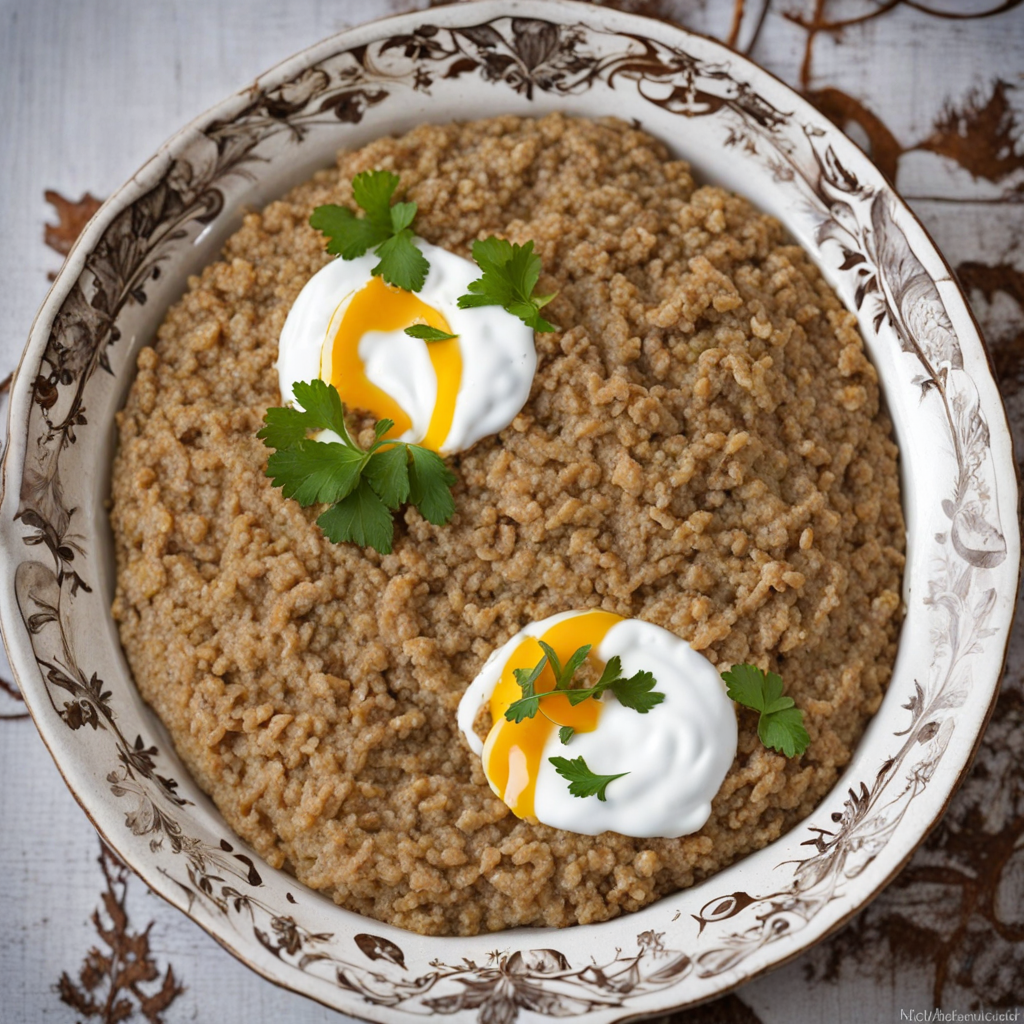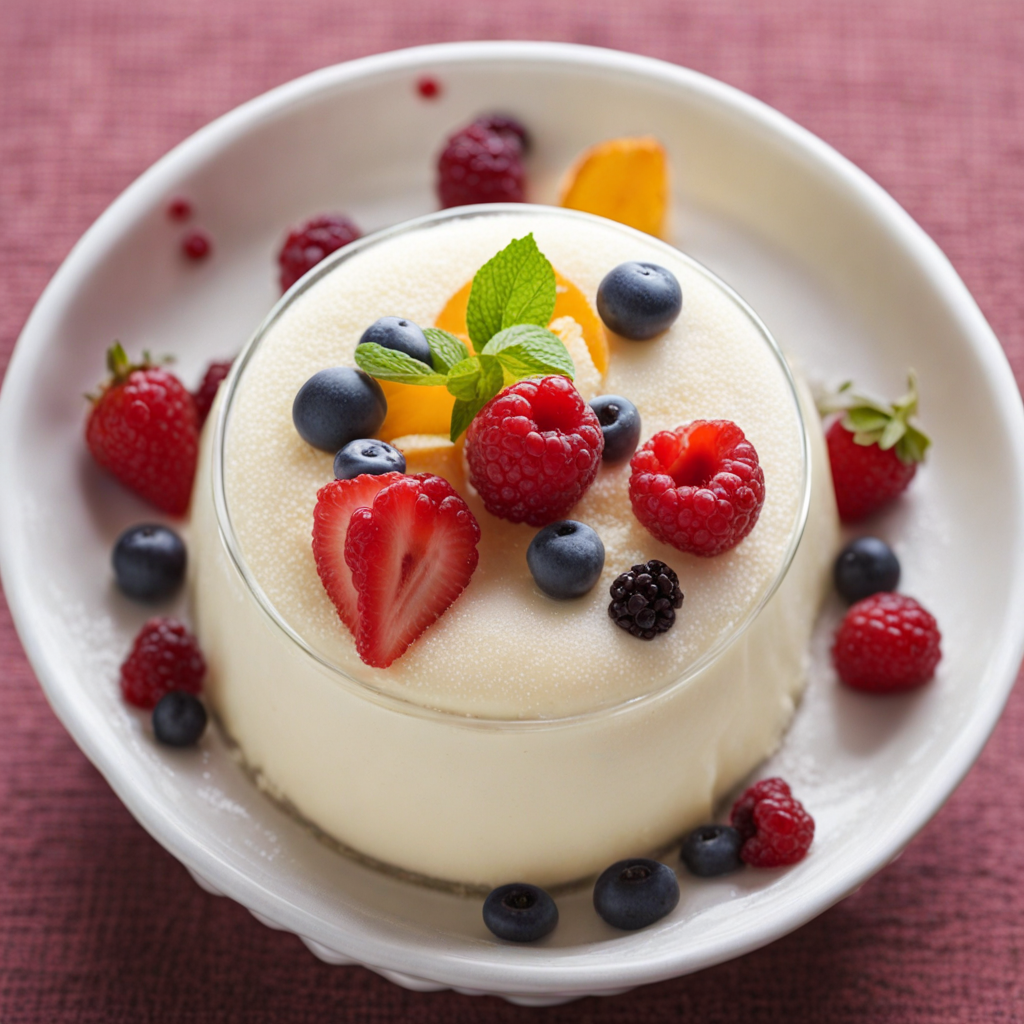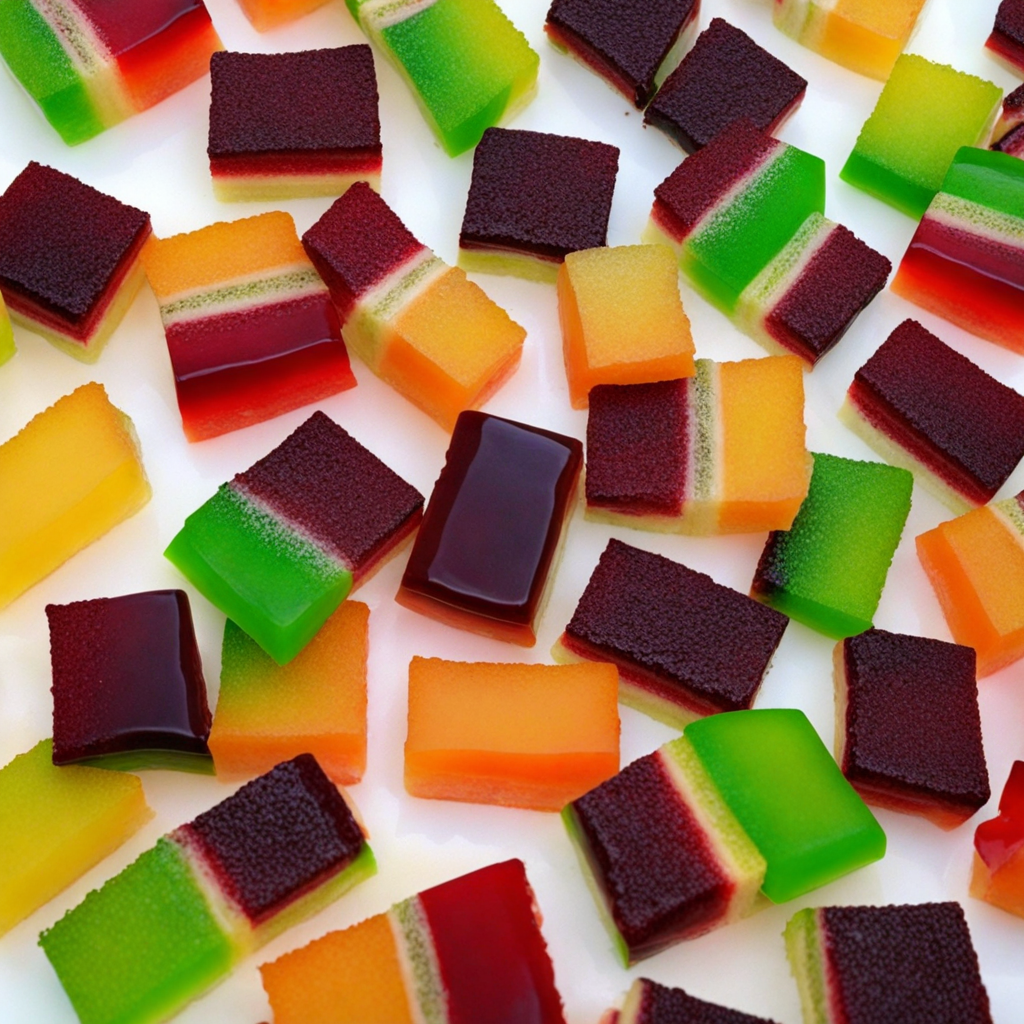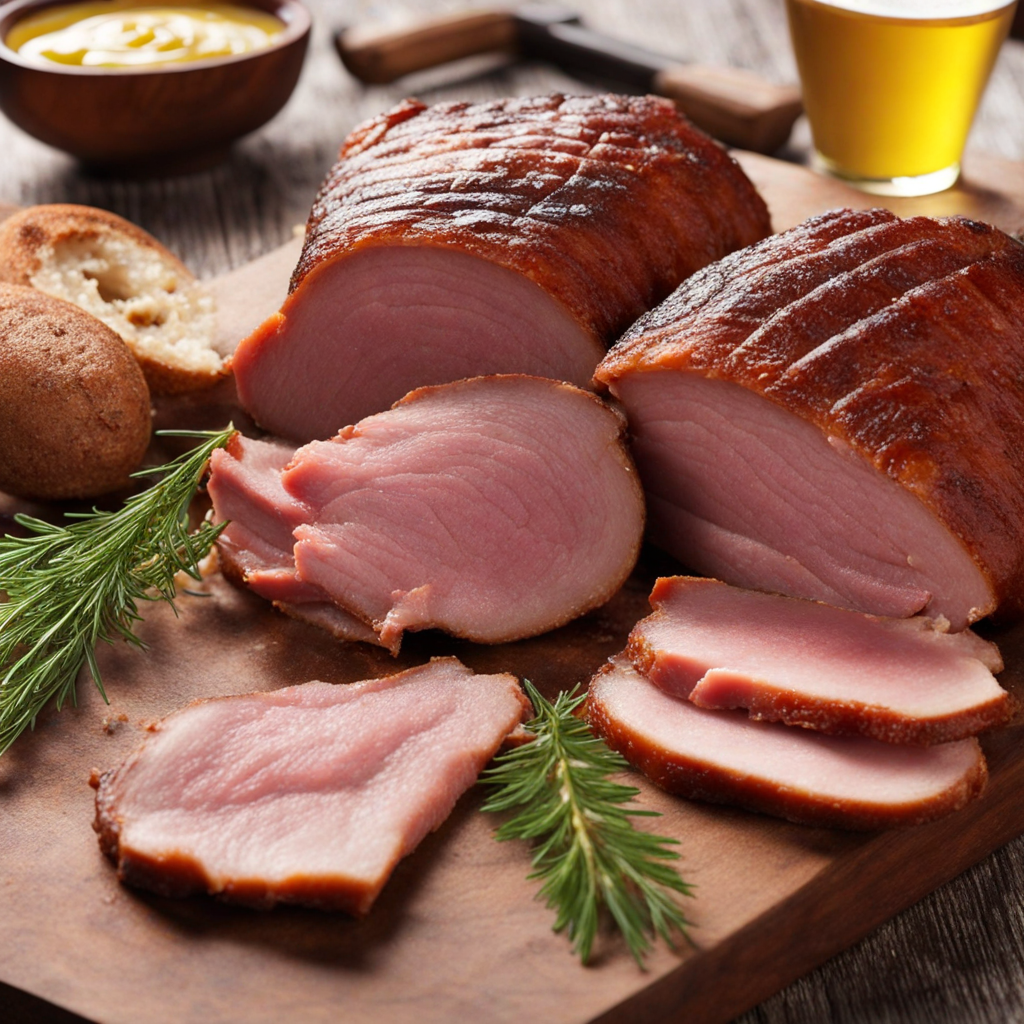Estonian Kama
Estonian Kama is a traditional Estonian food that embodies the essence of the country's agricultural heritage. This unique blend of coarsely ground grains, typically consisting of barley, rye, oat, and peas, offers a delightful texture that is both hearty and wholesome. The grains are toasted before grinding, which enhances their nutty flavor and adds a depth that sets Kama apart from other grain mixtures. Its rustic appearance and earthy aroma make it an inviting addition to any meal, appealing to those who appreciate authentic, traditional foods. The versatility of Kama is one of its most appealing features. It can be enjoyed in various ways, whether mixed with yogurt or kefir for a nutritious breakfast, incorporated into desserts, or even used as a thickener for soups and sauces. When combined with milk or plant-based alternatives, it transforms into a creamy, satisfying dish that can be sweetened with honey, fruit, or spices for a delightful treat. This adaptability allows Kama to fit seamlessly into both savory and sweet culinary creations, making it a staple in Estonian kitchens. Kama is not just about taste; it is also deeply rooted in Estonian culture and tradition. Consumed for centuries, it represents the connection between the land and its people, highlighting the importance of local ingredients and simple, wholesome cooking. For those seeking new culinary experiences, trying Estonian Kama is an invitation to explore a unique flavor profile that reflects the rich history and traditions of Estonia—an exciting journey for the palate that celebrates the beauty of simplicity in food.
How It Became This Dish
Kama: A Culinary Legacy of Estonia In the heart of Estonia's culinary landscape lies a humble yet remarkable dish known as kama. This traditional Estonian food is more than just a mixture of grains; it embodies the spirit of the Estonian people, their agricultural heritage, and their resilience through centuries of change. To understand kama is to delve into the history, culture, and evolution that have shaped this beloved staple. #### Origins of Kama Kama's roots trace back to the agrarian societies of the Baltic region, where agriculture was the backbone of life. It is believed that kama originated in the Middle Ages, around the 13th century, when the Estonian people began to cultivate various grains. The primary ingredients of kama are coarsely ground roasted grains, traditionally consisting of barley, rye, oats, and wheat. This blend not only provided sustenance but also utilized the entirety of the harvest, minimizing waste—a practice that resonates deeply with the Estonian ethos of resourcefulness. The process of making kama is both simple and ingenious. The grains are roasted to enhance their flavor and then ground into a fine powder. The result is a nutritious, versatile mix that can be consumed in various ways. Historically, kama was often mixed with buttermilk or kefir, creating a nourishing and refreshing meal that could sustain families through long winters. #### Cultural Significance Kama holds a special place in Estonian culture, symbolizing the connection between the land and the people. It embodies the ethos of simplicity and sustenance, reflecting the agricultural lifestyle that has defined Estonia for centuries. In rural communities, kama was often prepared for special occasions, such as weddings and festivals, where it served not only as nourishment but also as a symbol of hospitality. The dish is also linked to Estonia’s national identity, particularly during the 20th century, a time marked by political upheaval and the struggle for independence. As the nation sought to reclaim its cultural heritage, traditional foods like kama became emblematic of Estonian resilience. It served as a reminder of the simple joys of life and the importance of community and family bonds. Kama is often associated with traditional Estonian customs and celebrations. For instance, during Midsummer festivities (Jaanipäev), kama is served as part of the feast that honors the summer solstice. It is also a common dish during the winter holidays, when families gather to celebrate and share stories. In this way, kama transcends mere sustenance; it is a vessel for cultural expression, storytelling, and communal bonds. #### Development Over Time As Estonia evolved through the ages, so too did kama. The arrival of industrialization in the 19th century introduced new technologies and processes that changed the way food was produced and consumed. However, kama remained a staple, adapting to changing tastes and circumstances. In urban areas, where lifestyles became more fast-paced, kama was often incorporated into quick meals, highlighting its versatility. In the late 20th century, Estonia regained its independence from the Soviet Union, sparking a renewed interest in traditional foods and culinary heritage. This period saw a renaissance of Estonian cuisine, with chefs and home cooks alike rediscovering and revitalizing traditional recipes, including kama. It became a symbol of national pride, celebrated not just in homes but also in restaurants, where chefs began to experiment with modern interpretations of the dish. Today, kama is often served in innovative ways. While the classic combination of kama with buttermilk remains popular, modern variations include kama mixed with yogurt, fruit, or honey, creating a fusion of flavors that appeals to contemporary palates. Chefs are also incorporating kama into desserts, such as panna cotta or cakes, showcasing its adaptability and versatility. #### Modern Interpretation and Global Reach The resurgence of interest in local and traditional foods has propelled kama onto the global stage. As Estonian cuisine gains recognition internationally, kama has become a symbol of Estonia’s culinary heritage. It is now featured in food festivals, culinary competitions, and even cookbooks dedicated to Nordic cuisine. Moreover, the global trend toward health-conscious eating has further elevated kama’s status as a wholesome, nutrient-dense food. With its high fiber content and natural ingredients, kama fits perfectly into the modern diet, appealing to those seeking healthy, sustainable food options. As kama continues to evolve, it remains deeply rooted in Estonian culture. The dish is often made at home, passed down through generations, with each family adding their unique touch. This connection to tradition ensures that kama is not just a food item, but a living testament to Estonia's rich history and culinary heritage. #### Conclusion Kama is more than just a blend of grains; it is a narrative of the Estonian experience—an embodiment of the land, its people, and their enduring spirit. From its origins in medieval agrarian society to its contemporary interpretations, kama reflects the resilience and adaptability of the Estonian culture. As Estonia continues to navigate the complexities of modern life, kama remains a cherished symbol of the past, a source of nourishment, and a reminder of the importance of community and tradition. Whether enjoyed in its traditional form or through modern culinary innovations, kama will undoubtedly continue to hold its place in the hearts and homes of Estonians for generations to come. As a dish that unites the past, present, and future, kama serves not just as a meal, but as a cultural touchstone, celebrating the essence of Estonia itself.
You may like
Discover local flavors from Estonia


